How to forcefully remove Google Chrome
How to force uninstall Google Chrome? How can users uninstall Google Chrome if they no longer want to use it? Many users reported online that Google Chrome files remained on their computers due to improper uninstall methods, and many novice users did not know how to completely uninstall Google Chrome from their computers. Don’t be afraid if you encounter this problem. Today I will teach you a beginner’s guide to quickly uninstalling Google Chrome. Come and learn together.

Quickly Uninstall Google Chrome Beginner’s Guide
Step 1: Open your computer, click the window icon in the lower left corner of the interface, and then click the gear settings icon (as the picture shows).
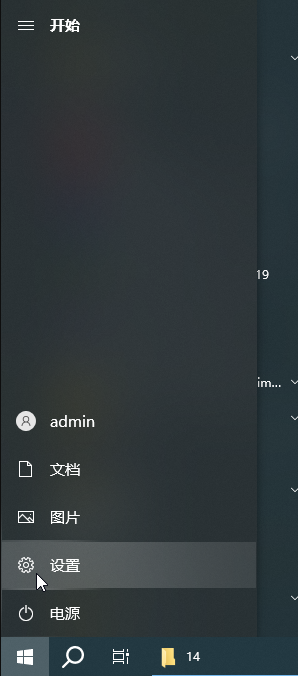
Step 2: After opening the settings window, click the "Apply" button (as shown in the picture).
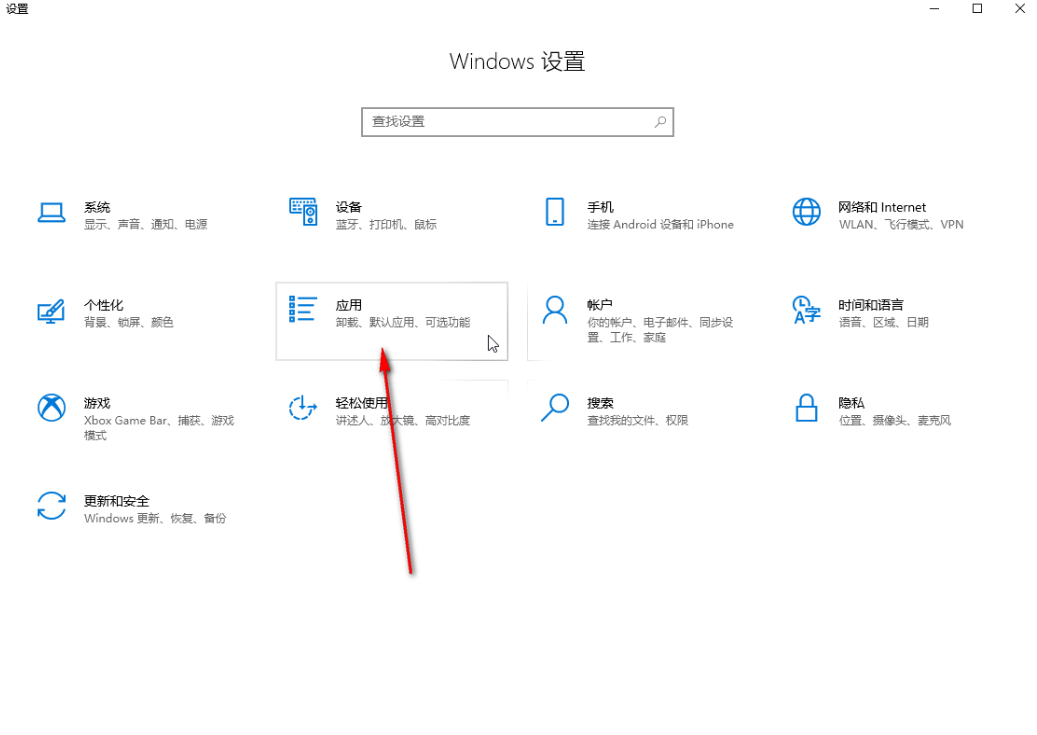
Step 3: Then click to switch to the "Applications and Functions" column, enter keywords on the right to quickly search, or slide down to find Google Chrome (as shown in the picture) shown).
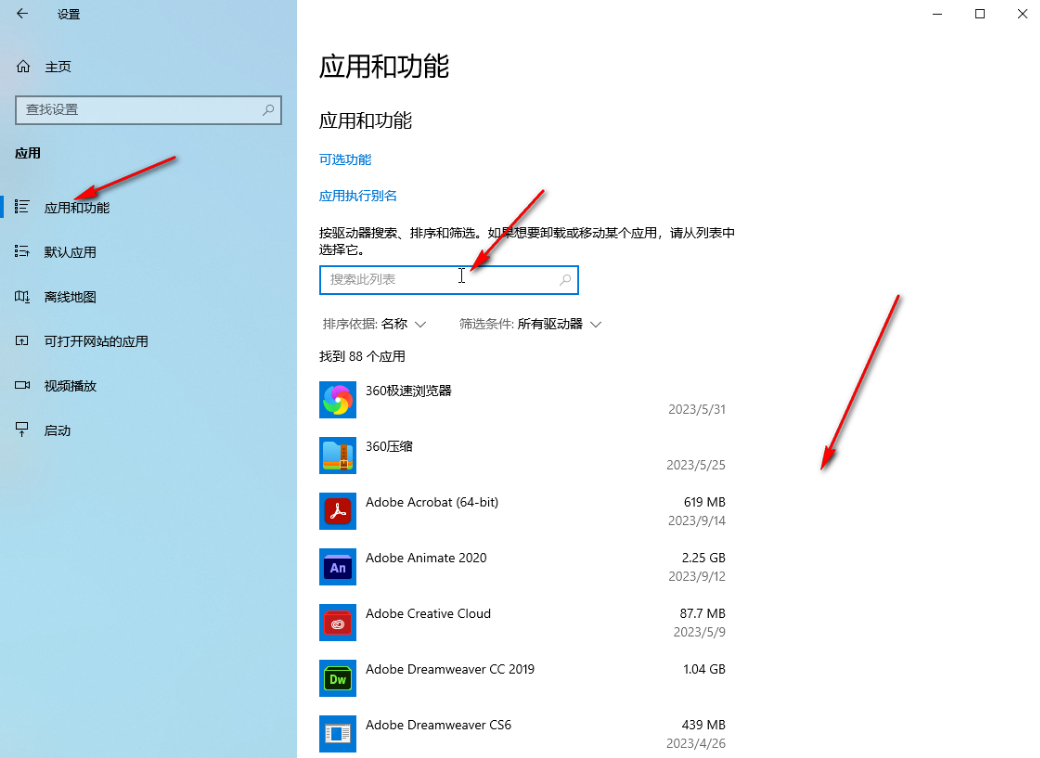
Step 4: Then click on Google Chrome and click the "Uninstall" button that appears (as shown in the picture).
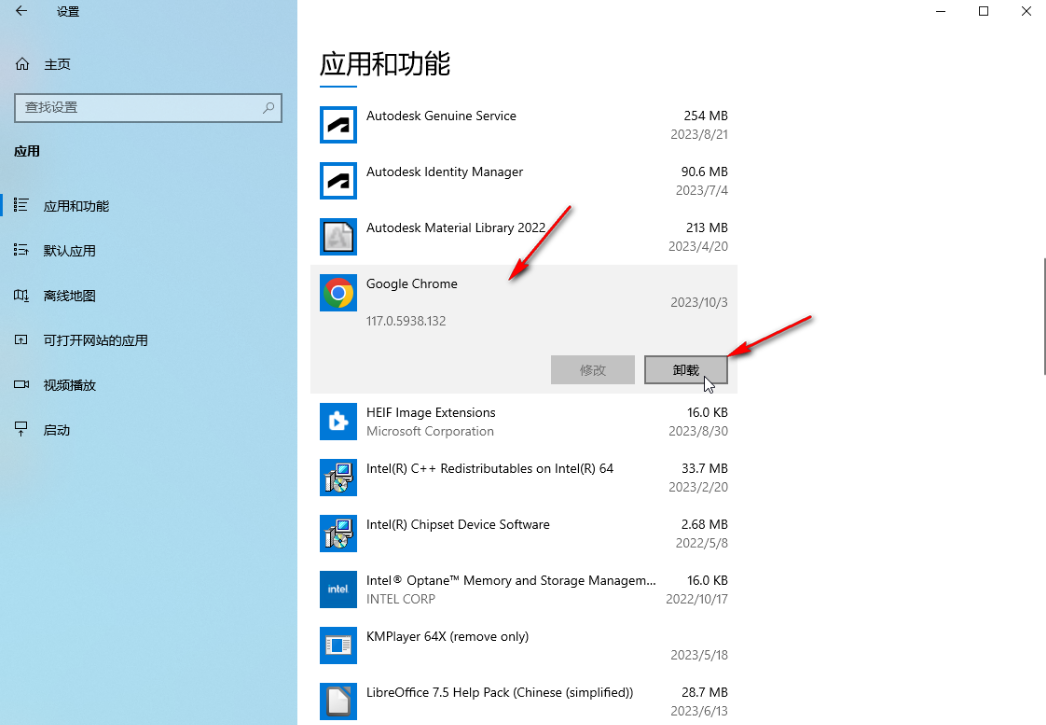
Step 5: Click the "Uninstall" button again in the pop-up window (as shown in the picture).
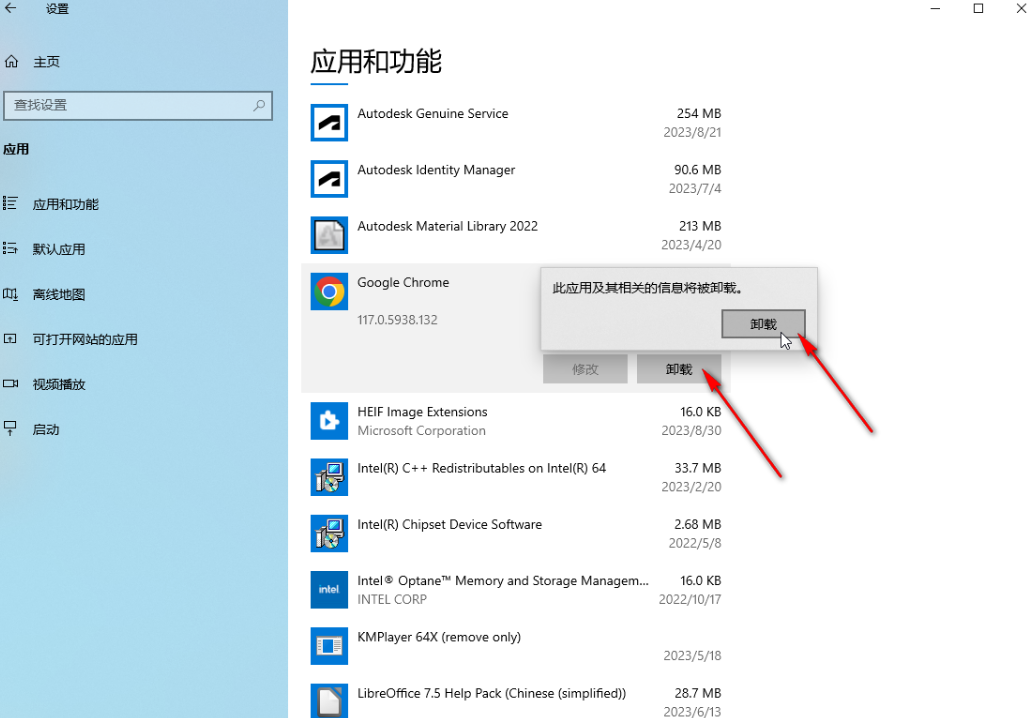
The above is the detailed content of How to forcefully remove Google Chrome. For more information, please follow other related articles on the PHP Chinese website!

Hot AI Tools

Undress AI Tool
Undress images for free

Undresser.AI Undress
AI-powered app for creating realistic nude photos

AI Clothes Remover
Online AI tool for removing clothes from photos.

Clothoff.io
AI clothes remover

Video Face Swap
Swap faces in any video effortlessly with our completely free AI face swap tool!

Hot Article

Hot Tools

Notepad++7.3.1
Easy-to-use and free code editor

SublimeText3 Chinese version
Chinese version, very easy to use

Zend Studio 13.0.1
Powerful PHP integrated development environment

Dreamweaver CS6
Visual web development tools

SublimeText3 Mac version
God-level code editing software (SublimeText3)
 How to stop Microsoft Edge from running in the background
Jul 16, 2025 am 12:34 AM
How to stop Microsoft Edge from running in the background
Jul 16, 2025 am 12:34 AM
There are four ways to turn off Microsoft Edge backend running. 1. Disable background running in Edge settings: Go to "Settings" → "System" and turn off the "Run Microsoft Edge in the background" option. 2. Close Edge in Windows startup item: Through the "Startup" tab of Task Manager, right-click Edge and select "Disable". 3. Modify the group policy or registry: Advanced users can create BackgroundModeEnabled registry key and set it to 0, or use the official group policy template. It is recommended to back up the system before operation. 4. Use Task Manager to manually end the process: temporary emergency plan, press Ctrl Shift Esc to open the Task Manager to end all Es
 How to manage Chrome's component updates
Jul 16, 2025 am 12:02 AM
How to manage Chrome's component updates
Jul 16, 2025 am 12:02 AM
Chrome allows for the management of automatic update components in a variety of ways. First, you can enter chrome://components/ in the address bar to manually check and update built-in modules such as Flash and PDF readers; secondly, advanced users can disable automatic updates of specific components through group policies or configuration files for enterprise environments; finally, you can use ad blocking extensions or scripting tools to reduce interference with update prompts. The above method can help users control the update rhythm on demand while taking into account security and user experience.
 How to change the search engine in Microsoft Edge
Jul 24, 2025 am 12:51 AM
How to change the search engine in Microsoft Edge
Jul 24, 2025 am 12:51 AM
The method to replace the default search engine in the Microsoft Edge browser is as follows: 1. Open Edge settings → click "Privacy, Search and Services" → find the "Address Bar and Search" section → click the drop-down menu of "Search with this search engine" to select the target engine; 2. If you need to add a new engine, you can click "Manage Search Engines" → select "Add" and fill in the name, keywords and URL templates (such as Google's link is https://www.google.com/search?q=%s) → Save and switch in the list. It should be noted that Edge may enable the recommended features provided by Bing by default. If you want to replace it completely, you also need to turn off this option. Some areas may be affected
 How to add Edge to Windows Firewall exceptions
Jul 24, 2025 am 12:07 AM
How to add Edge to Windows Firewall exceptions
Jul 24, 2025 am 12:07 AM
To resolve the issue where Edge is blocked by Windows Firewall, you need to manually add it to the list of allowed apps. The specific steps are as follows: 1. Open the control panel and enter the WindowsDefenderFirewall settings; 2. Click "Allowanappeaturethrough WindowsDefenderFirewall"; 3. Look for Microsoft Edge. If it is not listed or partially blocked, check its "Private" and "Public" network permissions; 4. If the Edge is not displayed, click "Allowanotherapp" and browse to the default installation path (C:\ProgramFi
 How to fix ERR_EMPTY_RESPONSE in Chrome
Jul 15, 2025 am 12:09 AM
How to fix ERR_EMPTY_RESPONSE in Chrome
Jul 15, 2025 am 12:09 AM
The ERR_EMPTY_RESPONSE error indicates that Chrome cannot obtain data from the server. The solution is as follows: 1. Check whether the network connection is normal, try to restart the router or change the network; 2. Clear the browser cache and cookies, select the appropriate time range and check the relevant options to clear it; 3. Disable the extension and security software, and test whether it is interfering with the plug-in through incognito mode; 4. Change the DNS settings to public DNS and reset the network settings, and run relevant commands to fix network problems. Most cases can be solved through the above steps. If they are still invalid, it may be a problem with the website itself.
 How to stop Chrome from updating in the background on Mac
Jul 21, 2025 am 12:41 AM
How to stop Chrome from updating in the background on Mac
Jul 21, 2025 am 12:41 AM
To prevent Chrome from automatically updating on Mac, it can be done by disabling update services, modifying permissions, and restricting network access. 1. Use terminal commands to disable the GoogleSoftwareUpdate daemon to prevent background updates; 2. Modify update directory permissions to prevent Chrome from starting the update process by itself; 3. Restrict Chrome's outbound network connection through system firewall or third-party tools to further eliminate update requests. Using these methods in combination can effectively prevent Chrome from being automatically updated.
 How to check if a website supports HTTP/3 in Chrome
Jul 15, 2025 am 12:52 AM
How to check if a website supports HTTP/3 in Chrome
Jul 15, 2025 am 12:52 AM
Chrome browser supports HTTP/3 by default since version 85; 1. Open the developer tool and select "Check" or shortcut F12/Ctrl Shift I by right-clicking the page; 2. Switch to the Network tab and refresh the page; 3. Click to request to view the Protocol field in Headers, and h3 is HTTP/3; 4. Note that some resources may use different protocols, and the website needs to deploy services that support HTTP/3, otherwise it cannot be used.
 How to manage Chrome profiles with command-line flags
Jul 22, 2025 am 12:30 AM
How to manage Chrome profiles with command-line flags
Jul 22, 2025 am 12:30 AM
Chrome command line parameters can efficiently manage multi-user configuration files. The main methods include: 1. Use --profile-directory to start the specified configuration file, such as chrome.exe--profile-directory="Profile2" to directly open specific user profiles; 2. Use --incognito or --guest to achieve privacy or guest mode to ensure that data is not saved independently in each session; 3. Use --user-data-dir to customize the configuration file storage path, such as chrome.exe--user-data-dir="D:\CustomChr







